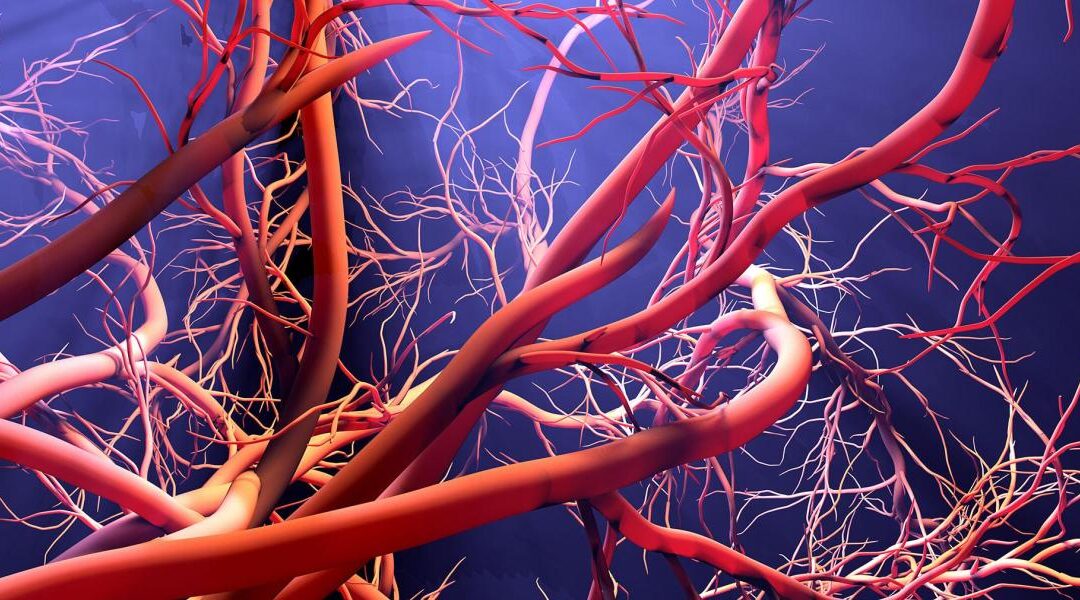Researchers at New Jersey Institute of Technology (NJIT) and the University of Florida have made a groundbreaking discovery about how blood flows through the tiniest new blood vessels in our bodies, findings that could revolutionize our understanding of everything from wound healing to cancer treatment.
Using powerful supercomputer simulations, they’ve revealed that individual red blood cells create dramatic, ever-changing forces as they flow past newly sprouting blood vessels – a discovery made using U.S. National Science Foundation (NSF) ACCESS allocations on the Expanse system at the San Diego Supercomputer Center (SDSC) – part of the School of Computing, Information and Data Sciences (SCIDS) at UC San Diego.
“When blood flows through your vessels, it creates a force against the vessel walls – like water rushing through a garden hose pushing against the hose’s inner surface,” explained Peter Balogh, the study’s senior author and assistant professor of mechanical and industrial engineering at NJIT. “This is known as wall shear stress.”
But here’s what surprised the research team: this force in the newly sprouted vessel isn’t steady. Instead, it fluctuates dramatically each time a single red blood cell flows past the entrance. Balogh compared it to cars driving past a highway on-ramp – each car creates its own unique wind pattern and pressure at the entrance. Similarly, each red blood cell generates its own distinct pattern of force against the blood vessel wall. To read the full story.

